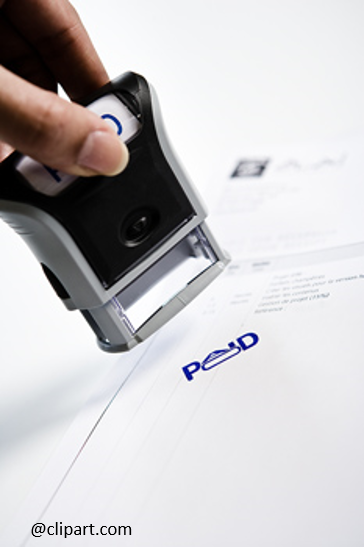
I was talking to a retailer last week with ten retail stores, and we were going through his larger vendor’s terms. Many offered long net terms with quick pay discounts to provide incentive for companies to pay faster. This retailer was meticulous at paying vendors at the very last minute, but was not taking advantage of any quick pay discounts.
This lead to a discussion of the huge advantage of quick pay discounts.
The textbook formula to calculate the cost of not taking a discount is:
Cost of failing to take discount = (Discount %/(100%-Discount %)) x (360 / (final due date less discount period))
So, the basic vendor terms of 2%10, net 30 terms calculates as (.02 ÷.98) x (360 ÷ 20) or 36.73% as the cost of not taking the discount.
We discussed the math and simplified as determining how many 20 day periods there are in a year (360/20=18) and multiply that by 2% = .36 or 36%. Therefore you can make 2% 18 times per year – assuming you pay the vendors exactly at 30 days, in this example.
That’s a lot of extra margin. By paying vendors 10 days instead of 30, you make 36%. If I borrow the money at 8%, I still make a net 28%.
Think about it. What’s your gross margin on your sales? By using purchase discounts effectively, you can double your gross margin! How’s that for adding profit!?
Also, keep this simple formula in mind when you offer quick pay discounts to your customers. 2% is a lot to give up to get paid in 10 days vs. 30.
Take a look at your top five vendor payment terms. Do they offer quick pay discounts? If so, calculate the cost of not taking the quick pay discounts; if they don’t offer a quick pay discount, ask. It may be time to pay your vendors quicker.
Need help finding ways to save money? Contact me!

Please note: I reserve the right to delete comments that are offensive or off-topic.